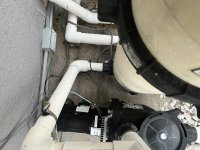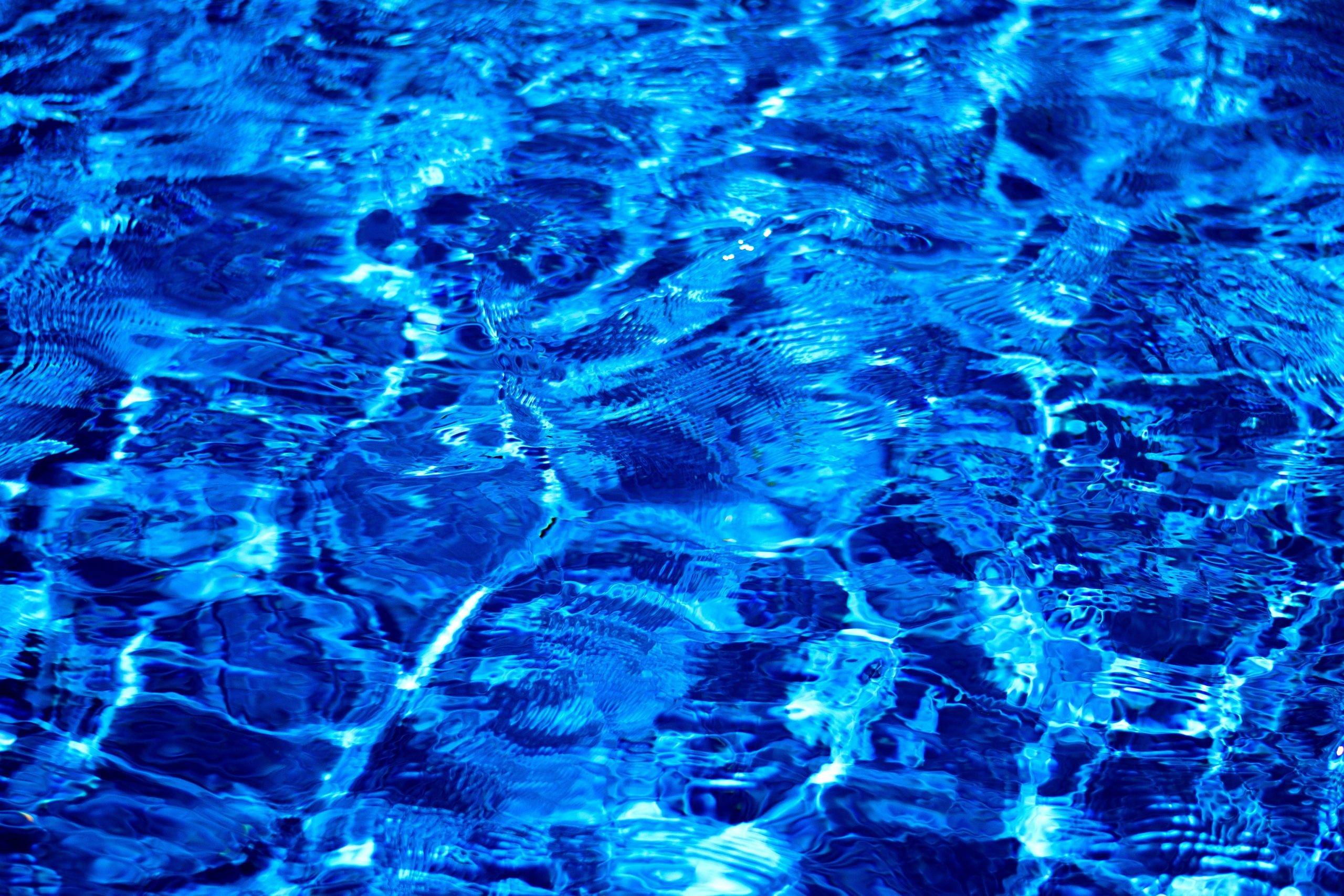sarcasm?Thank you for examples of what can happen when a pump is dead-headed.
You're not wrong categorically and this isn't a criticism. Just sharing some examples of when I wished it had been 2 or 3 valve position mistakes before someone blew it up, instead of 1.And I'm always up for being corrected when I'm wrong.
Yes, this. All that needs to occur is for the pins/posts on the Pentair valve to break or go missing, and it will rotate 360.Unless, somehow, the stops that keep the diverter from rotating more degrees than it's supposed to are not present.
So I'll concede they are not idiot proof when it comes to installing them, only when using them.
On the jandy shown in the photo, underside of the handle was worn and it was allowed to move 360 as well.
Builder in my area have also been known to install actuators that rotate the wrong direction and block the return or the suction as well during mode changes. Not strictly what we're talking about here, but continued examples of the inability to guarantee 3-ways never close their source.
Our seemingly contrary key points are not actually mutually exclusive.
Last edited:













